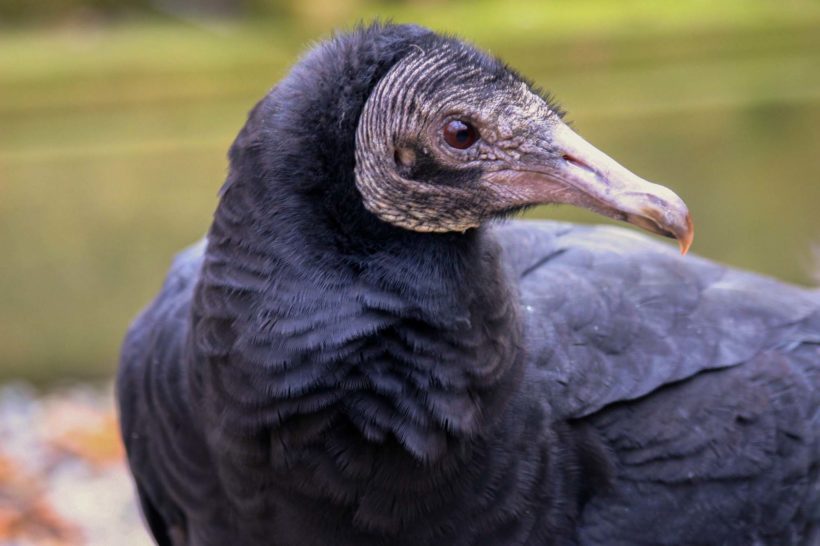Vulture Awareness Day

Most people have looked up to the sky and seen a group of large birds circling. Maybe you have wondered ‘what are those?’ or maybe you already knew…they are vultures! Before you say “ew!” let’s look at the good, the bad and the ugly about vultures.
The good!
- Vultures are large carnivorous birds most well known for being scavengers or “nature’s garbagemen.”
- While their curved beaks are built for ripping into carrion, their feet are not very strong — so, they aren’t hunters.
- The bald head isn’t just for looks. It helps to keep them clean while eating.
- Vulture’s stomachs are equipped to kill microbes. If the carrion is eaten by another animal the diseases caused by these microbes will be spread since other species aren’t adapted the way vultures are.
- North America has 2 types of vultures, Turkey Vulture and Black Vulture. Both can be seen here at Teatown!
The bad…
- Vulture species around the world are in trouble.
- Of the 22 species of vultures in the world, nine are critically endangered, three are endangered and four are near threatened.
The ugly.
- Humans are playing a large part in vulture species decline. Carcasses with rodenticides, insecticides and lead from ammunition are killing vulture species around the world.
Vultures really are super heroes.
They clean up the world and with special stomachs that help stop the spread of diseases! We should all appreciate them and do our best to protect them before it is too late.
Be sure to stop by the vulture mew here at Teatown to see Edgar the turkey vulture and Walter the black vulture!
Edgar has resided here at Teatown for 22 years! He was found with a gunshot wound that fractured his wing, leaving him unable to fly. He now lives at Teatown and teaches the public about his awesome species. Walter has resided at Teatown for 12 years. Found with a broken wing, most likely from being hit by a car, he is unable to extend his wing and fly. Walter is a staff and volunteer favorite for his inquisitive personality.


